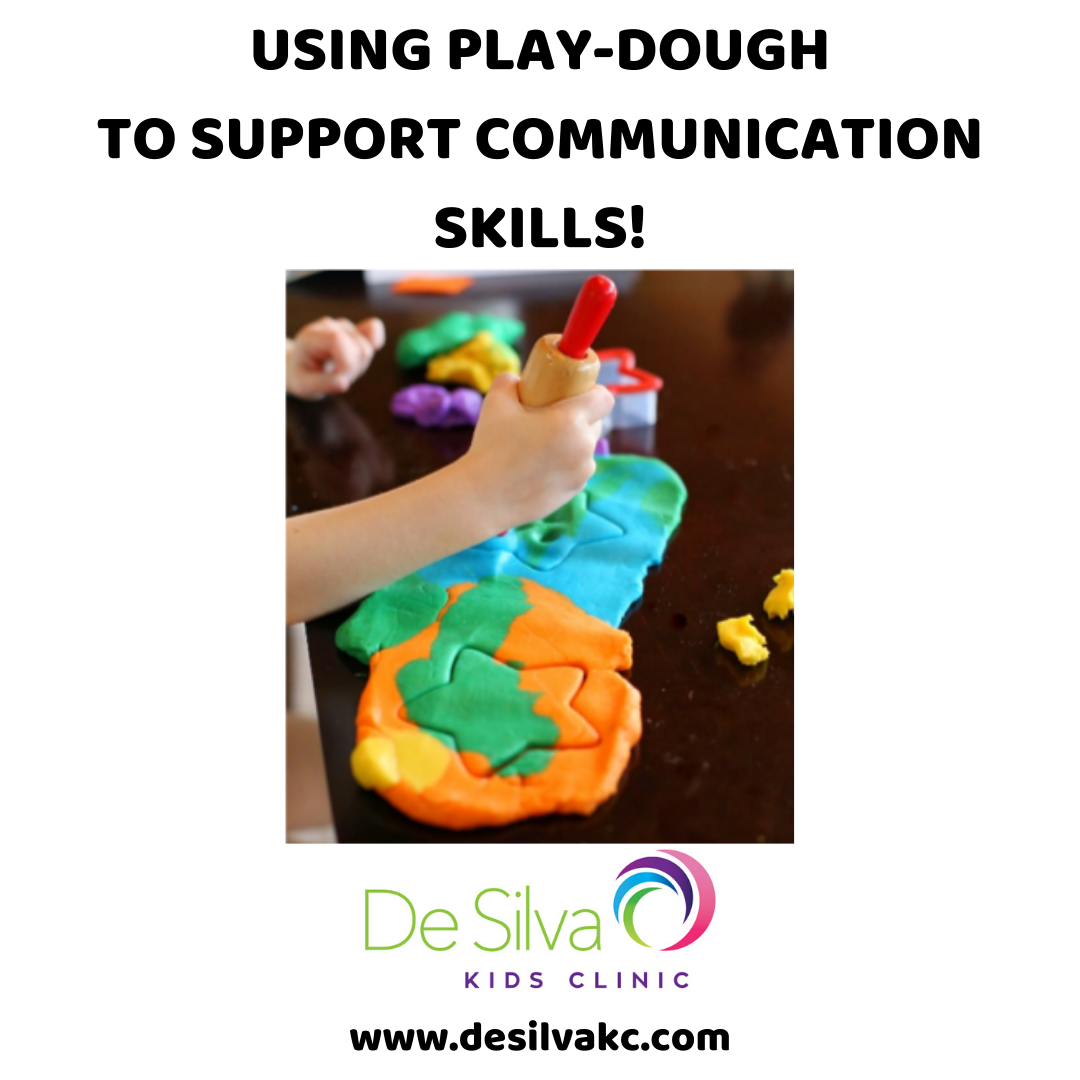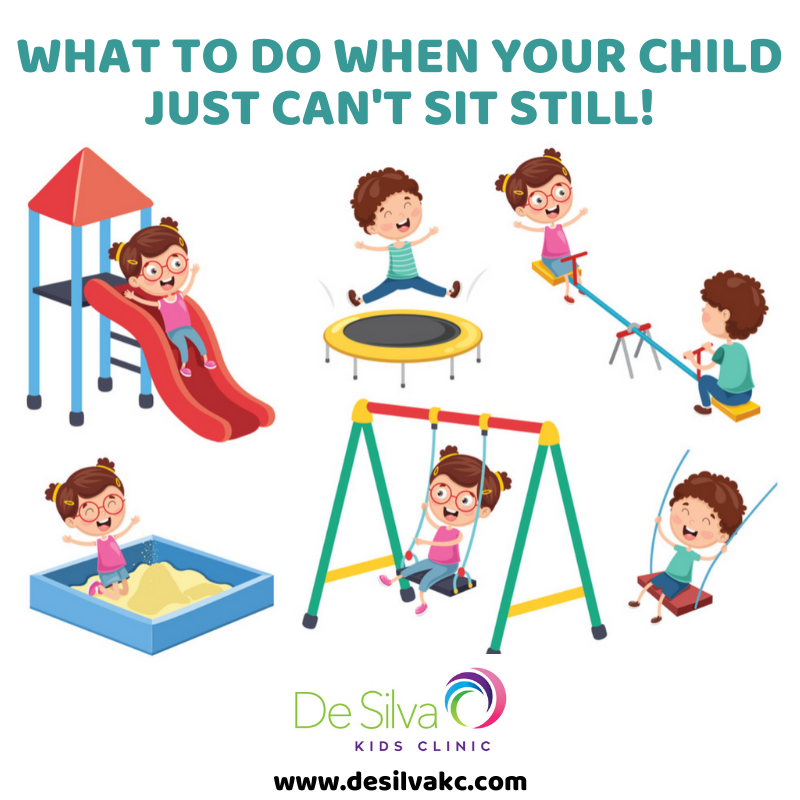Reading is a great way to support your child’s language development. Reading will help improve both their receptive and expressive language skills. Studies have reported that reading to your child as early as eight months old can have significant impact on early language development.
Tips for reading with your child:
- It is ok to read the story again and again. Repetition will help your child learn language.
- Choose books with rhymes or songs. Clap along to the rhythm and help your child clap along.
- Talk about the objects and actions in the picture (e.g. “Look the boy is diving into the deep water!”)
- You can expand language (e.g. if your child says “tree”, you can respond by saying “yes that is a big, green tree”)
- Model language by commenting more and questioning less, so that it does not feel like a test.
- Relate the story’s events to the child’s interests, hobbies and daily activities (e.g. “That boy is riding a blue bike like yours”).
- Discuss the story with your child. (“Why do you think the monkey stole the key?”)
- Help your child become aware of letter sounds. (While pointing to a picture of a snake, ask: “What sound does a snake make?”) As your child develops, ask more complex questions. (While pointing to a picture of a ball, ask: “What sound does ‘ball’ start with?”)
- Play sound games with your child. List words that rhyme (“ball,” “tall”) or start with the same sound (“mummy,” “mix”).
Written by Senali Alahakone – Speech Pathologist at De Silva Kids Clinic







